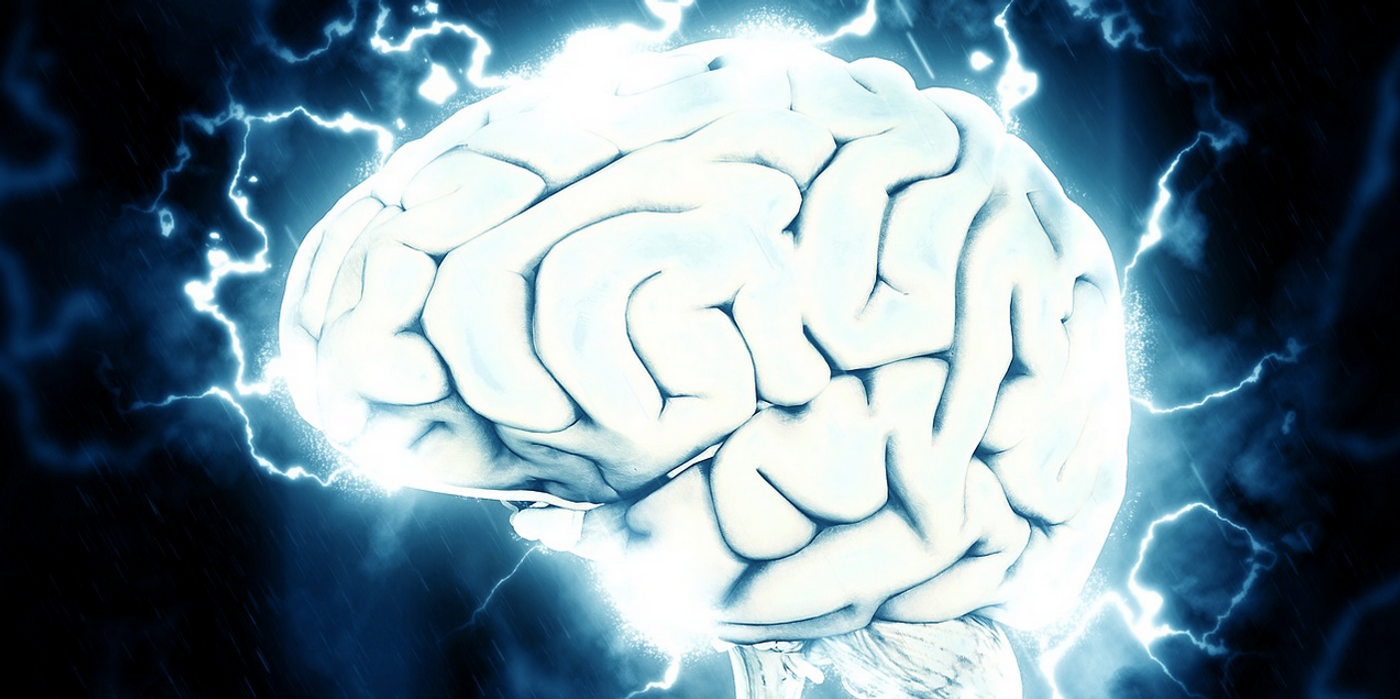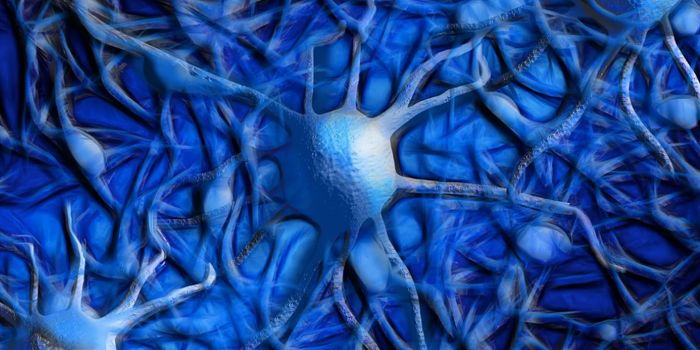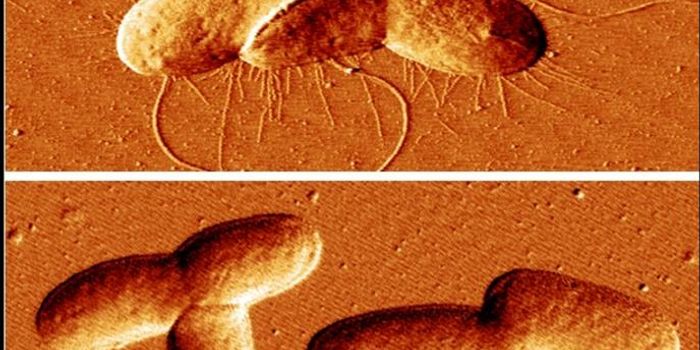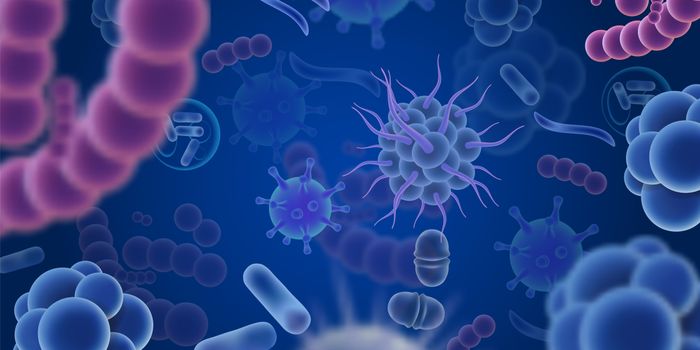An Atomic-Level Look at Infectious Proteins
Scientists have used a tool called cryo-electron microscopy to get an unprecedented and detailed look at infectious, misfolded proteins called prions. These abnormal proteins have been linked to a variety of neurodegenerative disorders that can be fatal to both humans and animals. The study authors suggested that this research can help scientists test their ideas about how prions become pathogenic, and it may aid in the development of treatments that target disorders that are caused by prions. The findings have been reported in Molecular Cell.
“These detailed prion structures provide a new premise for understanding and targeting these currently untreatable diseases,” said co-corresponding study author Allison Kraus, an assistant professor in the Department of Pathology at the Case Western Reserve School of Medicine. This research has revealed the basic building blocks of prions, which may help scientists find ways to stop prions from becoming toxic, building up, or spreading, she added.
Proteins are made up of strings of amino acids that have to be correctly folded into a specific, three-dimensional shape. If that shape is incorrect, the protein may not perform its function properly. Prions are even worse; they are misfolded in a way that causes disease, and they can also cause correctly folded versions to take on the wrong shape.
In this work, two cryo-electron facilities were used to illuminate different aspects of prion characteristics, such as how their amino acids are arranged. Prions were obtained directly from an animal model, and microscopy and computational tools revealed their atomic-level structure.
This approach may pave the way for more prion structures to be solved, noted Kraus. Lower-resolution images of another type of prion were also obtained in this study.
“It’s thought that there are many variations in prion structures as they relate to different diseases,” said Kraus. “Higher-resolution images provide clarity to many aspects of the cause and progression of these infectious diseases that are uniquely caused in nature by proteins, not viruses or bacteria.”
While Creutzfeldt–Jakob disease (CJD is known to be a prion disorder, other diseases have mechanisms that may be connected to prions, like Parkinson’s disease, amyotrophic lateral sclerosis (ALS), or chronic traumatic encephalopathy (CTE). People don't usually transmit prion diseases to other humans, but animals can infect others, as in chronic wasting disease.
However, France has recently halted prion research after a second scientist who worked on prion diseases was diagnosed with CJD. Another case happened in France in 2019; ten years after Émilie Jaumain pricked her thumb while working with prion-infecte dmice at the National Research Institute for Agriculture, Food and Environment (INRAE), she died at age 33. A 2020 report in The New England Journal of Medicine concluded that she'd almost definitely been infected at work.
Sources: Case Western Reserve University, Molecular Cell









